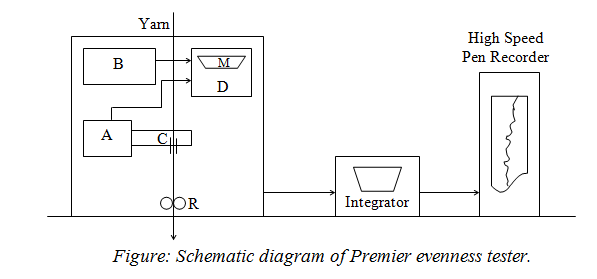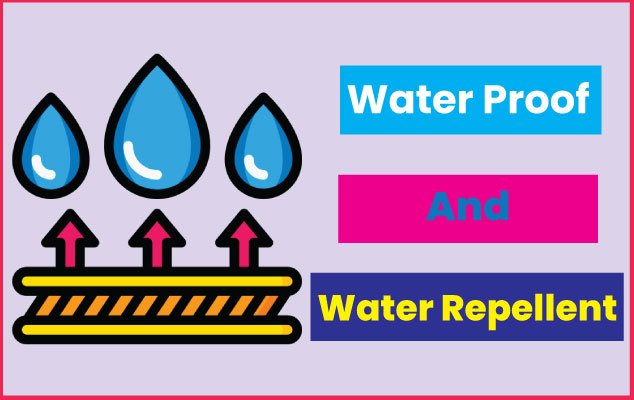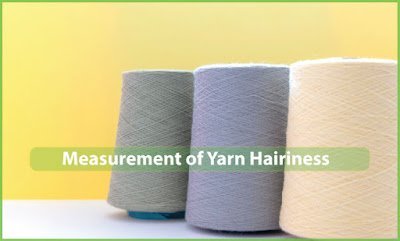Crease Recovery Tester
Last updated on September 3rd, 2023 at 11:44 pm
Measurement of Crease Recovery
Crease recovery is measured quantitatively in terms of crease recovery angle.
Principle
A wrinkle-free rectangular specimen of prescribed dimensions is folded in half and compressed under a load for a specified time. The load is then removed and the specimen is allowed to recover for the specified time. The amount of recovery is expressed as the angle between the limbs of the fold which is called the crease recovery angle.
Preparation of Test Specimens
Ten test specimens are cut from the fabric with a template, 2 inches long by one inch wide. Using a pair of scissors or blade with their longer side parallel to warp and weft threads respectively the specimens cut in such a way that no two warp way specimens contain the same set of warp yarns and no two weft way specimens contain the same set of weft yarns. The specimens should not be cut from creased, bent or other deformed parts of the sample and also not from within 2 inches from the selvedges.
Since the moisture present in the fabric influences the results the tests are carried out after conditioning in the standard atmosphere.
Description
It consists of the following parts:
- A circular dial, graduates in degrees along its periphery with an accuracy of 0.5 degree.
- A knife edge and an index line for measuring the recovery angle, directly under the center of the dial.
- Specimen clamp is hold one limb of the specimen in such a way that the fold lies in a horizontal line on the axis of the circular scale.
- Means for leveling the apparatus.

Test Procedure
The instrument is leveled with the help of the leveling screws and spirit level. The specimen is folded gently end to end with its edges in one line, with the help of the tweezers. The edges should not be gripped more than 5mm in the tweezers. The folded specimen is placed on the lower plate of the loading device and the load is applied gently.
Before loading, a metal foil with thickness not more than 0.02mm is placed between the limbs of the specimen. The load is then removed after 5 minutes.
Half the number of test specimens, both warp and weft should be folded face to face and the other half back to back.
Measurement of Recovery Angle
After the load is removed, the specimen is transferred to the clamp of the instrument. For this, one limb of the specimen is hold in the tweezers and the other limb is placed in the clamp. As the specimen recovers, the dial is rotated to keep the free edge of the specimen in line with the knife edge. At the end of the time period (5 min) allowed for recovery, the recovery angle in degree is read on the dial.
The above procedure is repeated for all the warp way and weft way specimens and the average recovery angle is calculated. The load, time of creasing and recovery time may be altered to suit different fabrics. The test should be include the following:
- The type of fabric tested.
- Number of tests performed.
- Load applied.
- Time of creasing.
- Time of recovery.
- Mean crease recovery angle.
- Warp way specimens.
- Weft way specimens.
You may also like: Lea Strength Tester: A Step-by-Step Guide




Nice image of crease recovery tester.
My spouse and I love your blog and find almost all of your post’s to be just what I’m looking for. can you offer guest writers to write content for you? I wouldn’t mind producing a post or elaborating on some the subjects you write concerning here. Again, awesome weblog!